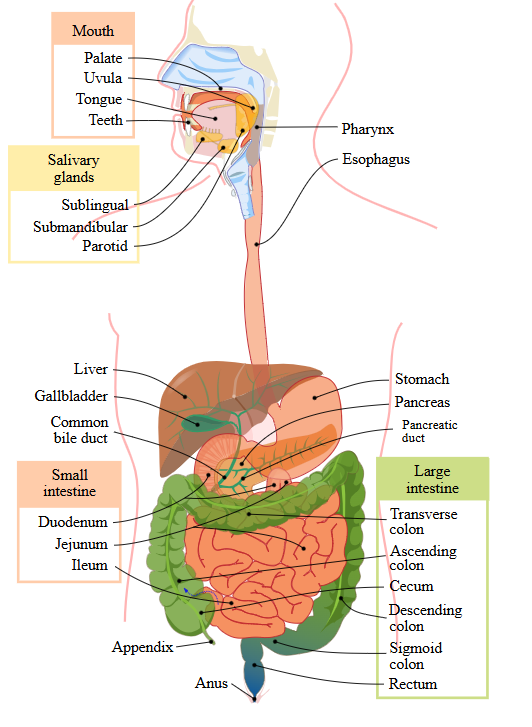How the Digestive System Works—and What Goes Wrong with Acid Reflux
- volcanowishes
- Apr 14
- 3 min read

Your digestive system is a complex and beautifully designed system that takes the food you eat and transforms it into the nutrients your body needs—while efficiently getting rid of what it doesn’t. But when something disrupts this process, such as acid reflux, it can cause discomfort and even damage if left unchecked. Let’s break down how digestion normally works, and how it goes off track when acid reflux comes into play.
The Digestive Process: A Quick Overview
Digestion begins before you even take your first bite. The sight and smell of food signal your body to get ready to digest. Once you chew and swallow, here’s what happens next:
The Esophagus After swallowing, food travels down the esophagus—a muscular tube that connects your mouth to your stomach. This movement is powered by rhythmic muscle contractions known as peristalsis.
The Lower Esophageal Sphincter (LES) At the base of the esophagus sits the LES, a small circular muscle that acts like a valve. It opens to let food into the stomach, then closes tightly to prevent stomach contents from flowing back up.
The Stomach Once in the stomach, food is mixed with gastric juices—hydrochloric acid and digestive enzymes. These break down the food into a semi-liquid called chyme, which is then released gradually into the small intestine.
The Small Intestine This is where most digestion and nutrient absorption occurs. Bile from the liver and enzymes from the pancreas help digest fats, proteins, and carbohydrates.
The Large Intestine and Beyond Any remaining waste products move into the large intestine, where water is absorbed and the rest is prepared for elimination.
What Goes Wrong with Acid Reflux
Acid reflux—also known as gastroesophageal reflux (GER)—occurs when stomach contents flow backward into the esophagus. This disrupts the digestive process and can cause a range of unpleasant symptoms.
Here’s how it happens:
Weak or Dysfunctional LES If the LES doesn’t close properly—or relaxes at the wrong time—it allows acid and partially digested food to flow back into the esophagus. This is the most common root cause of acid reflux.
Excess Stomach Pressure Conditions like obesity, pregnancy, or overeating can increase pressure inside the stomach, making it more likely that acid will be pushed upward.
Trigger Foods and Habits Certain foods (like spicy dishes, citrus, chocolate, caffeine, and fatty meals) and habits (like lying down right after eating) can weaken the LES or increase acid production.
Delayed Gastric Emptying If food stays in the stomach too long, it can increase pressure and the likelihood of reflux. This is sometimes related to conditions like gastroparesis.
Hiatal Hernia A hiatal hernia occurs when part of the stomach pushes through the diaphragm and into the chest cavity. This can interfere with LES function and contribute to reflux symptoms.
Common Symptoms of Acid Reflux
Burning sensation in the chest (heartburn)
Sour or bitter taste in the mouth
Regurgitation of food or liquid
Difficulty swallowing
Feeling of a lump in the throat
Chronic cough or hoarseness (in more advanced or atypical cases)
What You Can Do About It
Managing acid reflux usually starts with lifestyle and dietary changes, such as:
Eating smaller, more frequent meals
Avoiding trigger foods and drinks
Staying upright for at least 2–3 hours after eating
Elevating the head of your bed
Wearing loose-fitting clothes
Losing excess weight if needed
In some cases, medications that reduce stomach acid or promote proper LES function may be necessary. When symptoms are persistent or severe, it's important to consult a healthcare provider, as long-term reflux can lead to complications like esophagitis or Barrett’s esophagus.
Final Thoughts
Your digestive system is designed to work in harmony—but even small disruptions can throw it off balance. Acid reflux is a common but manageable condition that happens when this balance is disturbed. Understanding how digestion works—and how it can go wrong—can help you make the changes needed to feel better, reduce symptoms, and protect your digestive health in the long term.






Comments